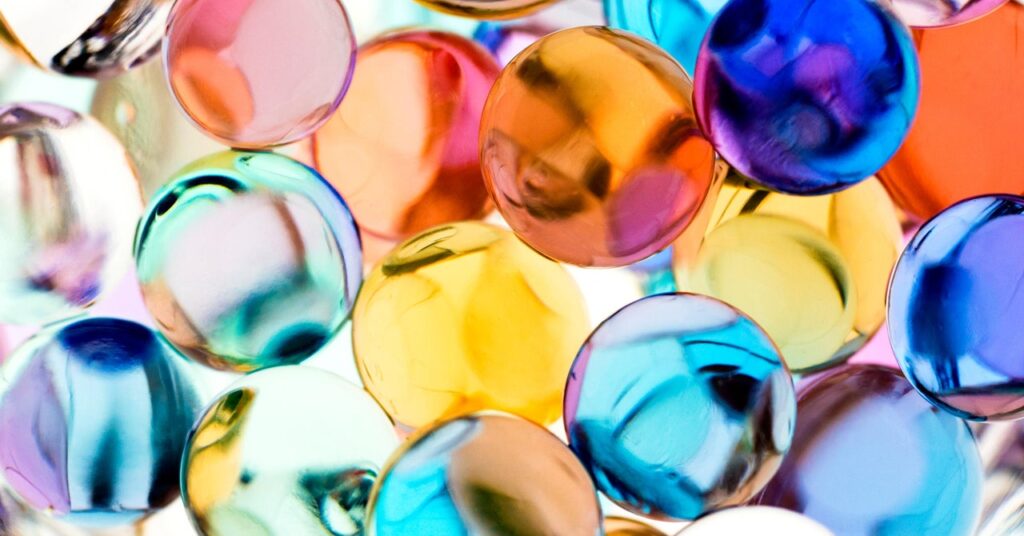How Humanity’s Obsession With Color Shaped Our Modern World
This week, we talk about how the technology we’ve invented to more accurately re-create colors has driven whole civilizations….


MC: It’s real weird. All right. We need to take a quick break and we will be right back with Adam Rogers talking about color, and it’s going to get weird.
[Break]
MC: Welcome back, our guest today is our colleague WIRED senior correspondent, Adam Rogers. Adam has just written a book that has recently been published called Full Spectrum: How the Science of Color Made Us Modern. Adam, as we’ve been discussing, humans have been obsessed with color ever since like long before we ever had Photoshop and Pantone swatches. But even after all that time, we still don’t completely understand all the ways that color affects our brains. Since we have you on the show, I think we are obligated to ask you about The Dress.
AR: When that happened 2015, I guess, and it started to spread around the internet. I felt like, ah, another meme, whatever. And then the then executive editor Rob Capps came over and plopped down next to me where I was sitting. Said, “You see this dress thing?” I was like, “I know it’s ridiculous. Right?” And he’s like, yeah, “I know, I can’t believe it.” I said, “I mean, it’s obviously blue.” And he looked at me and he’s eyes froze. And his face went and he went, “It’s white.” And I went, “Oh, crap.”
At that insight, I realized like, oh, my God, I’m four hours late. Like, this is huge. And I’m four hours late. And at that moment, Joe Brown, who was editing the website, then Joe came running across like, no kidding, running, going, like, with his finger out toward the science desk. And just all I did was look up, shout it out to him, “We’re on it.” I started making calls. And the reason I started making calls is that I had, before I came to WIRED, when I was on a fellowship at MIT for science writers, and I had spent most of that fellowship, obsessed with color and how people see color and what pigments were and how the chemistry and science and neuroscience work.
So I had a couple of people who I could call who took my call. And that day was a weird day because what it coughed up was on the screens that we all look at. These emissive screens that are made of little, teeny, tiny points of light, red, green, and blue light, and sometimes a white light also either behind them or next to them that managed to create not all the possible colors, a human being can see, certainly not in 2015 when the gamut wasn’t as good. But many of the colors that human beings can see emitting them as light, not reflected, not subtractive pigments, but an admissive surface, showed this picture of a dress that became the super unusual thing, which is a bi-modal color illusion.
So, illusions are, and you look at those in kids’ books and there’s those ones that are like the rabbit or the duck, whereas the cube forward or back, those kinds of things. And we call those bimodal because they have two different forms. People see them two different ways, but usually with a bimodal illusion of form your brain switches back and forth. And the way that the eye and the brain perceive form and color are related to each other, they’re overlapping. And they talk to each other, but they’re semi separate systems.
They’re overlapping, but separate systems. So this was this was a bimodal illusions of color at the time were thought to be really rare. Now there’ve been a lot of research of people working on color illusions. So you see them on Twitter all the time, and they’re really fun, but they were rarer. And once your brain, it seemed chose, which one chose the blue or chose the white. You just couldn’t see the other one, it just locked off and it became impossible to understand the person sitting next to you, who was saying, it was the other color where you would just go, well, that’s not possible.




